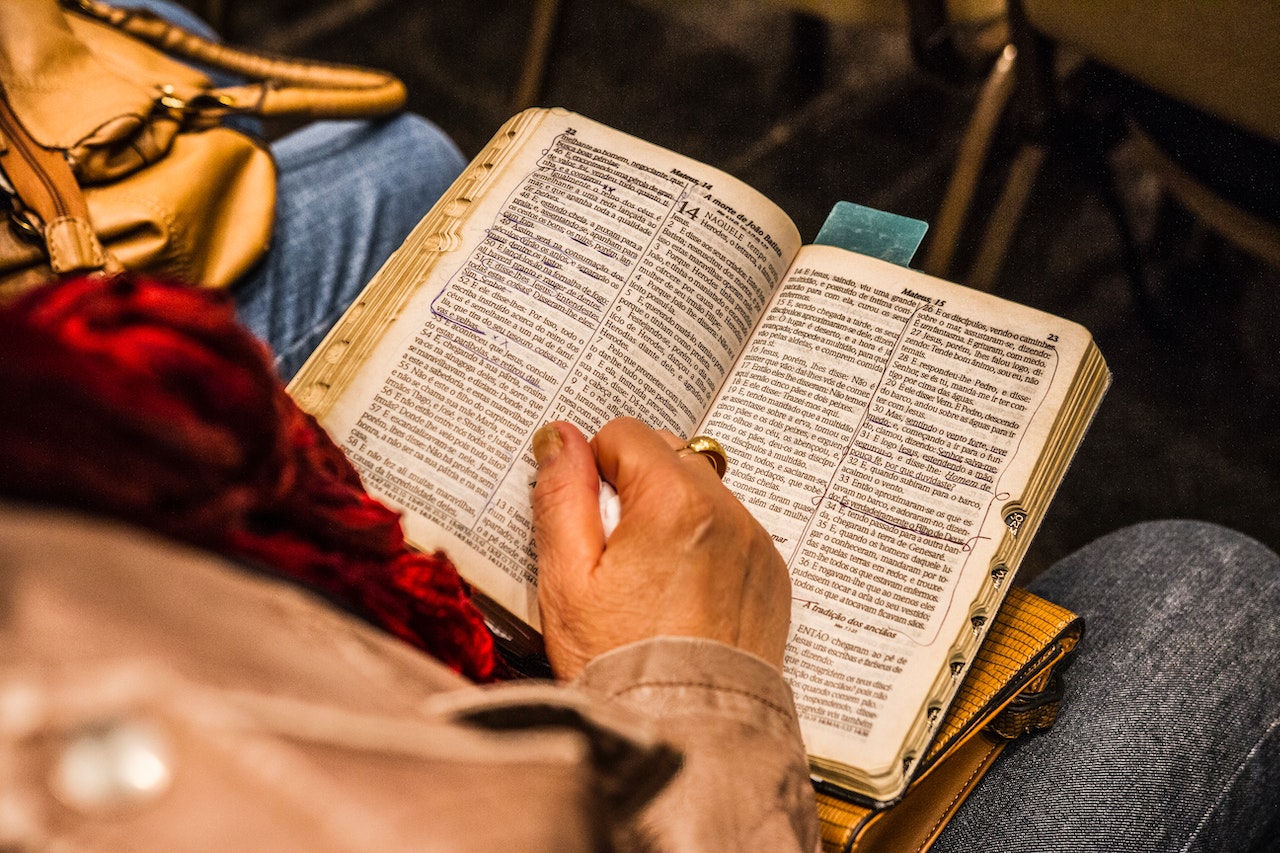Breaking an evil eye is often associated with various cultural beliefs and superstitions. In many cultures, the evil eye is believed to be a curse or a malevolent gaze that can bring harm, misfortune, or bad luck to the person it is directed towards. However, the concept of breaking an evil eye can vary depending on the cultural context and individual beliefs. Some people believe that breaking an evil eye can help remove its negative effects and bring about protection or good luck. Others may view it as disrespectful or ineffective. Ultimately, whether breaking an evil eye is considered bad luck or not depends on one’s personal beliefs and cultural background.
Table of Contents
The Origins and Superstitions Surrounding the Evil Eye
The evil eye is a concept that has been around for centuries and is deeply rooted in various cultures around the world. It is believed to be a curse or a spell cast by a malevolent glare, often unintentionally, that brings misfortune or harm to the person on the receiving end. While the evil eye is often associated with bad luck, the belief in its power varies from culture to culture.
The origins of the evil eye can be traced back to ancient civilizations such as the Greeks and Romans. They believed that certain individuals possessed the power to cast a curse simply by looking at someone with envy or jealousy. This belief was not limited to these ancient cultures, as similar beliefs can be found in various other cultures, including the Middle East, Africa, and Latin America.
In many cultures, the evil eye is seen as a form of protection against envy and jealousy. People wear amulets or talismans in the shape of an eye to ward off the evil eye’s negative effects. These amulets are often made of blue glass or stone, as blue is believed to be a color that repels the evil eye. It is also common to find evil eye symbols in homes, cars, and even on clothing as a means of protection.
Superstitions surrounding the evil eye are prevalent in many cultures. For example, in some parts of the world, it is believed that if a person compliments a baby without touching them, they must immediately touch the baby to ward off the evil eye. Similarly, in some cultures, it is believed that if a person experiences sudden and unexplained misfortune, it may be a result of someone casting the evil eye upon them.
While the belief in the evil eye may seem irrational to some, it is deeply ingrained in the cultural fabric of many societies. It serves as a way for people to explain and make sense of the misfortunes that occur in their lives. It also provides a sense of control and protection against the unknown.
However, it is important to note that the belief in the evil eye is not universal. In some cultures, the concept of the evil eye is dismissed as mere superstition. Skeptics argue that attributing misfortune to the evil eye is a way for people to avoid taking responsibility for their actions or to find a scapegoat for their own failures.
Whether one believes in the power of the evil eye or not, it is undeniable that the concept has had a significant impact on various cultures throughout history. It has shaped beliefs, traditions, and even influenced the design of jewelry and other decorative items. The evil eye serves as a reminder of the power of belief and the ways in which cultural practices can shape our understanding of the world.
In conclusion, the evil eye is a concept that has its origins in ancient civilizations and is deeply rooted in various cultures around the world. While some dismiss it as mere superstition, others believe in its power to bring misfortune and harm. Whether one believes in the evil eye or not, it is undeniable that it has had a significant impact on cultural practices and beliefs. It serves as a reminder of the power of belief and the ways in which cultural traditions shape our understanding of the world.
The Beliefs and Cultural Significance of the Evil Eye in Different Regions

The belief in the evil eye is deeply rooted in various cultures around the world. This ancient superstition holds that certain individuals possess the power to cast a malevolent gaze upon others, causing harm or misfortune. While the concept of the evil eye may vary slightly from region to region, its cultural significance remains strong.
In Mediterranean countries such as Greece, Turkey, and Italy, the evil eye, or “mati” as it is commonly known, is a widely recognized symbol of protection against negative energy. It is believed that the evil eye can cause illness, accidents, or even death. To ward off this malevolent gaze, people wear amulets or talismans in the form of blue glass beads or charms shaped like eyes. These protective talismans are believed to absorb the negative energy and keep the wearer safe from harm.
In Middle Eastern cultures, the belief in the evil eye is equally prevalent. Known as “nazar” in Arabic, the evil eye is seen as a powerful force that can bring about misfortune and bad luck. To counteract its effects, people often wear amulets or hang talismans in their homes and workplaces. These talismans are typically blue and white, as these colors are believed to have protective properties against the evil eye.
In South American countries like Brazil and Argentina, the belief in the evil eye is deeply ingrained in the local folklore. Known as “mal de ojo,” the evil eye is seen as a curse that can be cast intentionally or unintentionally. It is believed that envy or jealousy can trigger the evil eye, causing harm to the person who is the target of the gaze. To protect against this curse, people wear amulets or perform rituals involving herbs and prayers.
In India, the belief in the evil eye is known as “nazar lagna.” It is believed that the evil eye can cause illness, financial loss, or even death. To protect against its effects, people often wear amulets or tie black threads around their wrists or necks. In addition, certain rituals and prayers are performed to ward off the evil eye and bring good fortune.
While the belief in the evil eye may seem superstitious to some, it is deeply ingrained in the cultural fabric of these regions. It serves as a way for people to protect themselves and their loved ones from harm and misfortune. Whether it is through wearing amulets, performing rituals, or simply being mindful of one’s thoughts and actions, the belief in the evil eye provides a sense of comfort and security.
In conclusion, the belief in the evil eye is a significant aspect of various cultures around the world. It serves as a symbol of protection against negative energy and is believed to bring good luck and ward off misfortune. Whether it is through wearing amulets, performing rituals, or simply being mindful of one’s thoughts and actions, the belief in the evil eye provides a sense of comfort and security. So, is it bad luck to break an evil eye? Well, it’s best not to take any chances and continue to embrace the cultural significance and protective measures associated with the evil eye.
The Symbolism and Protective Measures Against the Evil Eye
The evil eye, a symbol believed to bring bad luck or harm to those it is cast upon, has been a part of various cultures and traditions for centuries. Whether it’s a pendant, a charm, or a simple drawing, the evil eye is thought to possess a powerful energy that can cause misfortune and ill fate. But what happens when this symbol is accidentally broken? Does it bring even more bad luck?
To understand the significance of breaking an evil eye, we must first delve into its symbolism. The evil eye is often depicted as a blue eye with a white iris and a dark pupil, staring outwards to ward off negative energy. It is believed to have the power to protect its wearer from harm and bring good fortune. However, when the evil eye is broken, it is thought to lose its protective abilities, leaving its owner vulnerable to the malevolent forces it once guarded against.
Breaking an evil eye can occur in various ways. It could be as simple as dropping a pendant or accidentally shattering a glass evil eye ornament. Regardless of how it happens, the belief is that the broken symbol releases the negative energy it had absorbed, potentially causing a chain reaction of bad luck. This notion is deeply ingrained in many cultures, where people take great care to avoid breaking their evil eye talismans.
However, it’s important to note that the belief in the evil eye and its consequences is subjective and varies from person to person. While some individuals may genuinely fear the repercussions of breaking an evil eye, others may view it as mere superstition. Ultimately, whether breaking an evil eye brings bad luck or not depends on one’s personal beliefs and the cultural context in which they are rooted.
In some cultures, breaking an evil eye is seen as an opportunity for renewal and protection. It is believed that when an evil eye breaks, it has fulfilled its purpose by absorbing negative energy and needs to be replaced. This act of replacing the broken symbol is seen as a way to refresh its protective powers and ensure continued good fortune. In this sense, breaking an evil eye can be seen as a positive event, signaling the need for a fresh start and renewed protection.
Protective measures against the evil eye are also prevalent in many cultures. These measures aim to ward off the negative energy associated with the evil eye and ensure the well-being of individuals. One common protective measure is wearing an evil eye pendant or charm, which is believed to deflect the harmful gaze of the evil eye. Others may use amulets, talismans, or even perform rituals to protect themselves from its influence.
In conclusion, the belief in the evil eye and its consequences is deeply rooted in various cultures and traditions. Breaking an evil eye is often seen as a potential source of bad luck, as it is believed to release the negative energy it had absorbed. However, the significance of breaking an evil eye can vary depending on personal beliefs and cultural context. For some, it may be viewed as an opportunity for renewal and protection, while others may dismiss it as mere superstition. Ultimately, whether breaking an evil eye brings bad luck or not is a matter of personal interpretation and belief.
Personal Experiences and Stories Related to Breaking the Evil Eye
Have you ever wondered if it’s bad luck to break an evil eye? Well, let me share some personal experiences and stories that might shed some light on this intriguing topic.
Growing up in a superstitious household, I was always told to be cautious when it came to the evil eye. My grandmother, a firm believer in its power, would often warn me about the potential consequences of breaking it. According to her, the evil eye had the ability to bring misfortune and bad luck to those who dared to break it.
One particular incident that stands out in my memory is when my cousin accidentally broke an evil eye charm that was hanging in our living room. It was a beautiful blue glass eye that had been passed down through generations. As soon as it shattered on the floor, a sense of unease filled the room. We all held our breath, waiting for something terrible to happen.
Days turned into weeks, and yet, nothing out of the ordinary occurred. It seemed as though breaking the evil eye had no effect on our lives whatsoever. This incident left me questioning the validity of the superstition. Was it all just a myth?
To find answers, I turned to friends and family members who had their own stories to share. One friend, who had recently traveled to Greece, told me about an encounter she had with a local shopkeeper. When she accidentally knocked over a display of evil eye keychains, the shopkeeper simply laughed it off and assured her that breaking them was not a cause for concern.
Similarly, my aunt recounted a tale from her childhood when she accidentally dropped an evil eye pendant that she had been wearing. She was terrified, expecting something terrible to happen. However, much to her surprise, nothing happened. In fact, she went on to have a string of good luck in the following weeks.
These personal experiences and stories seem to suggest that breaking an evil eye may not necessarily bring bad luck. It could be that the belief in its power is simply a cultural superstition passed down through generations.
However, it’s important to note that superstitions can hold different meanings and significance for different people. While some may dismiss the idea of bad luck associated with breaking an evil eye, others may still hold onto this belief strongly.
Ultimately, whether or not breaking an evil eye brings bad luck is a matter of personal belief. If you find yourself in a situation where you accidentally break one, it’s up to you to decide whether to let the superstition affect you or not.
In conclusion, personal experiences and stories related to breaking the evil eye vary greatly. While some may have experienced no ill effects, others may still hold onto the belief that breaking it brings bad luck. Ultimately, it’s up to each individual to decide what they believe and how they choose to interpret these superstitions.
Conclusion
Breaking an evil eye is not considered bad luck.



